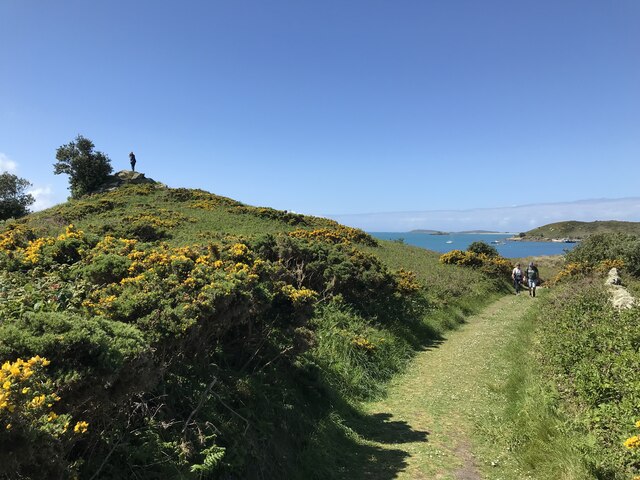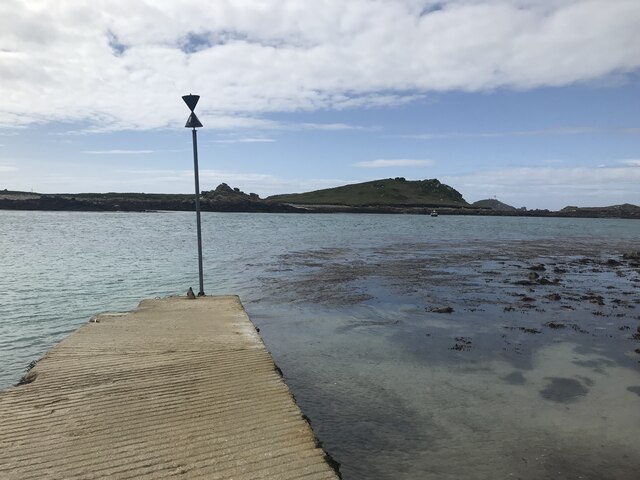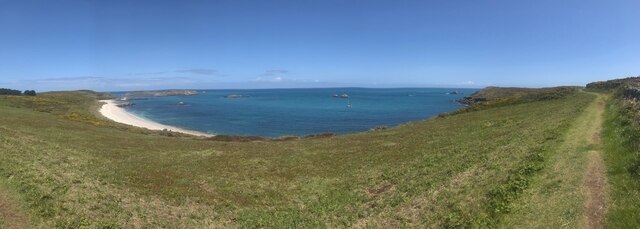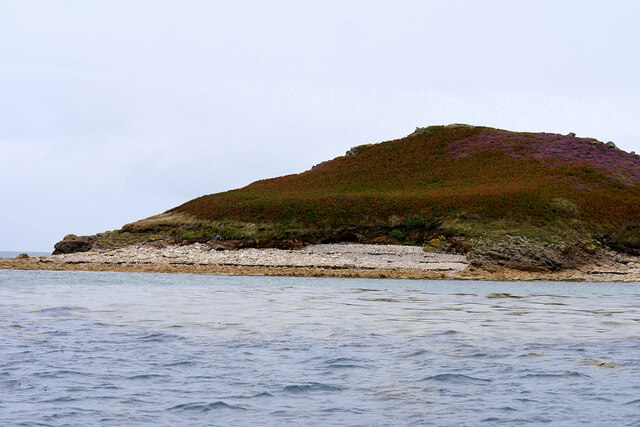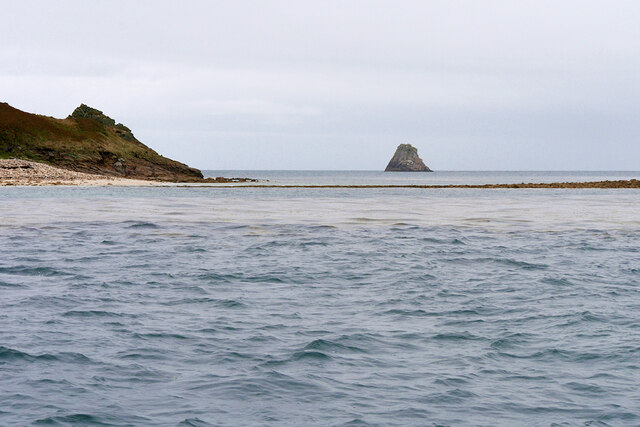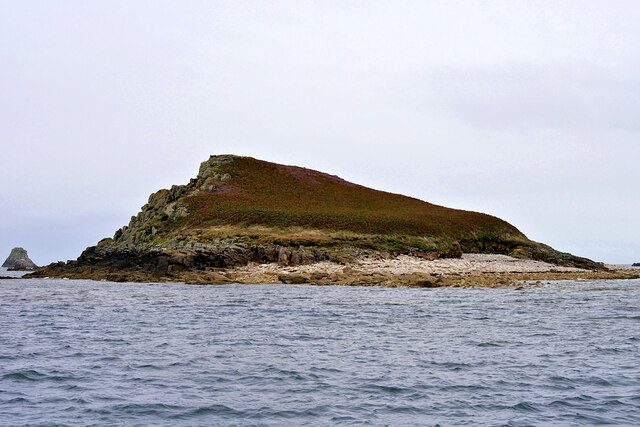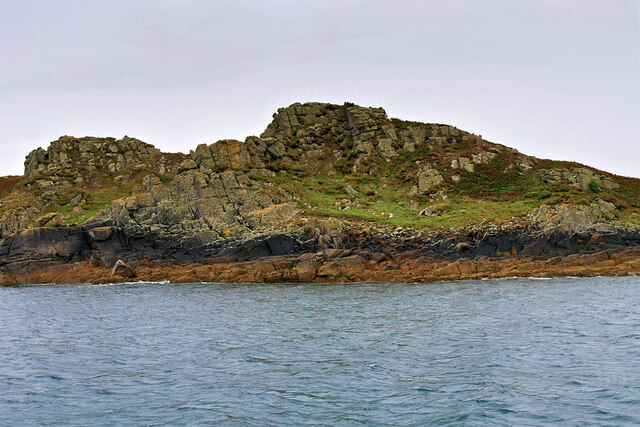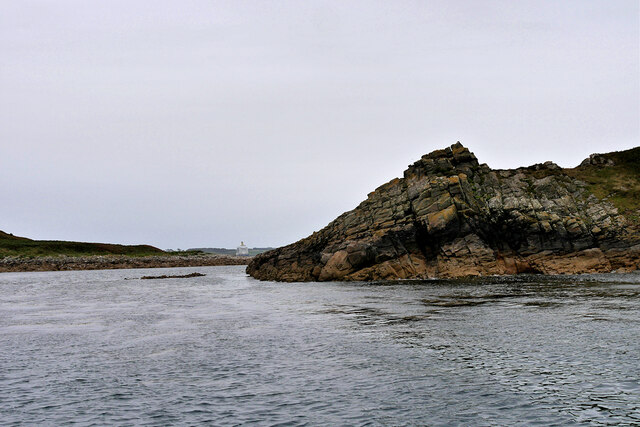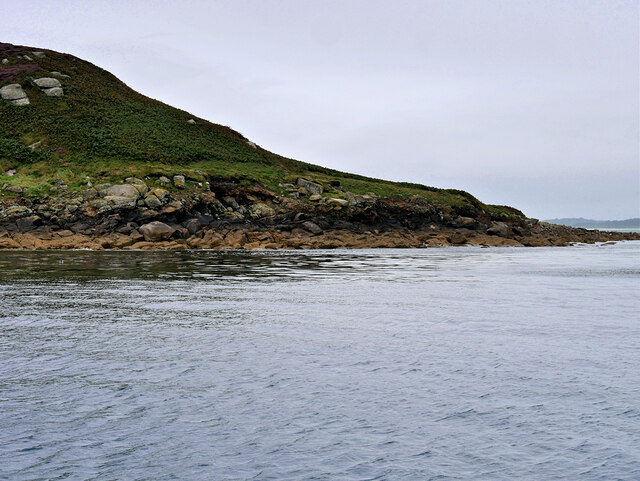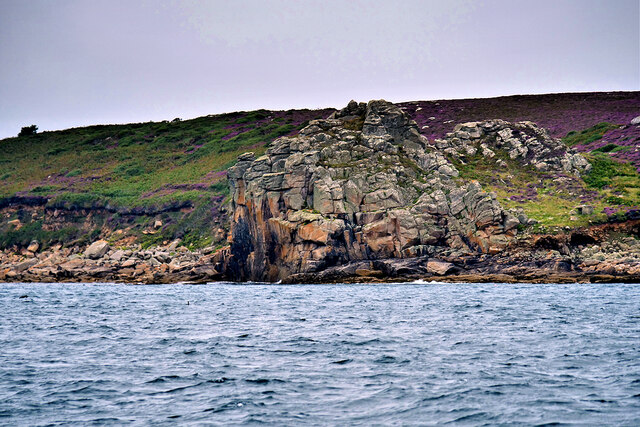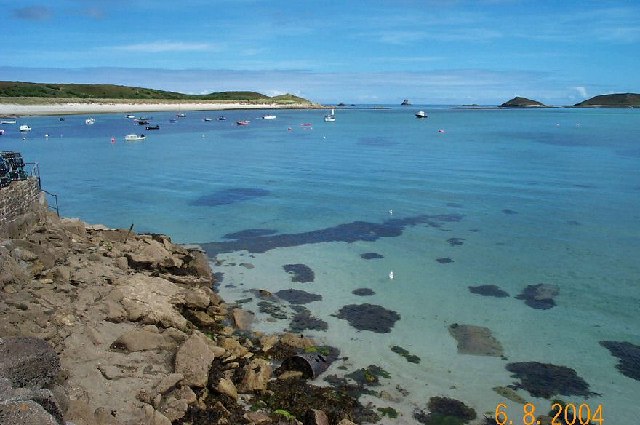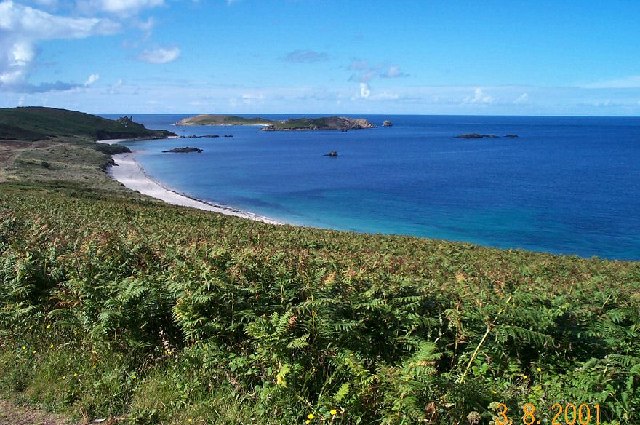Turfy Hill Point
Coastal Feature, Headland, Point in Cornwall
England
Turfy Hill Point
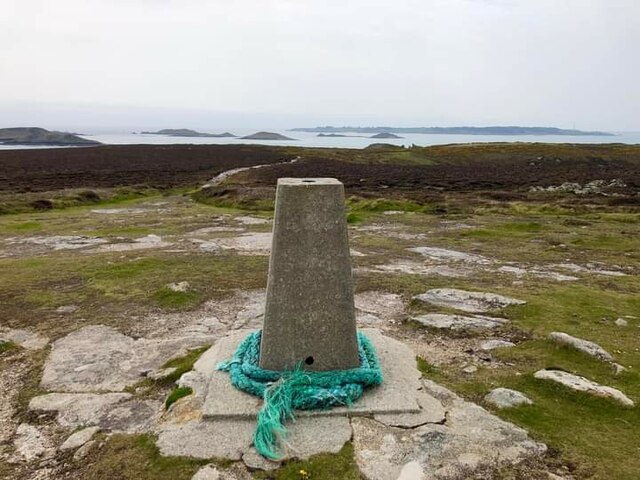
Turfy Hill Point is a prominent coastal feature located in the county of Cornwall, England. It is a headland that juts out into the Atlantic Ocean, forming a distinctive point along the coastline.
Situated near the small town of St. Ives, Turfy Hill Point offers breathtaking views of the surrounding area. The headland is characterized by its rugged cliffs, which provide a dramatic backdrop against the crashing waves below. These cliffs are composed of a variety of geological formations, including granite and slate, which add to the visual appeal of the area.
Turfy Hill Point is known for its rich biodiversity and natural beauty. The headland is home to a diverse range of plant and animal species, including seabirds such as puffins, gannets, and fulmars. Visitors to the area can often spot these majestic creatures soaring above the cliffs or nesting on the rocky ledges.
In addition to its natural attractions, Turfy Hill Point also holds historical significance. The headland has been used as a lookout point for centuries due to its strategic position overlooking the ocean. It is believed that the area was once home to an Iron Age fort, although little evidence of this remains today.
Overall, Turfy Hill Point is a must-visit destination for nature enthusiasts and history buffs alike. Its stunning coastal landscape, diverse wildlife, and historical significance make it a truly unique and captivating place to explore.
If you have any feedback on the listing, please let us know in the comments section below.
Turfy Hill Point Images
Images are sourced within 2km of 49.965277/-6.28119 or Grid Reference SV9316. Thanks to Geograph Open Source API. All images are credited.
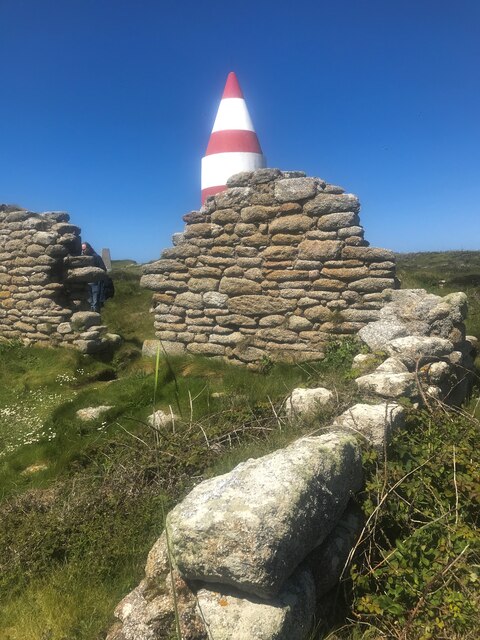
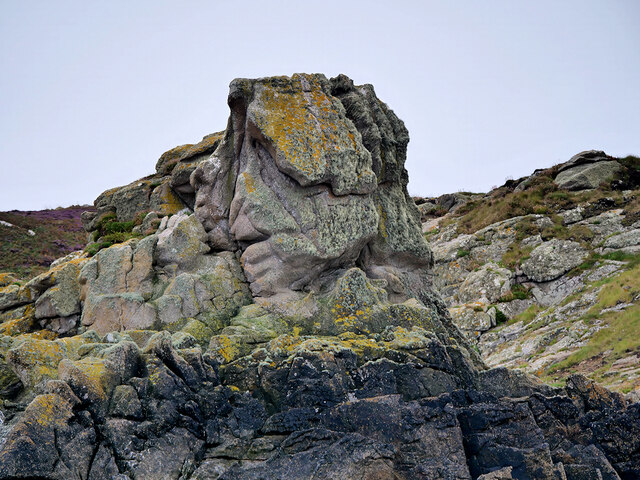
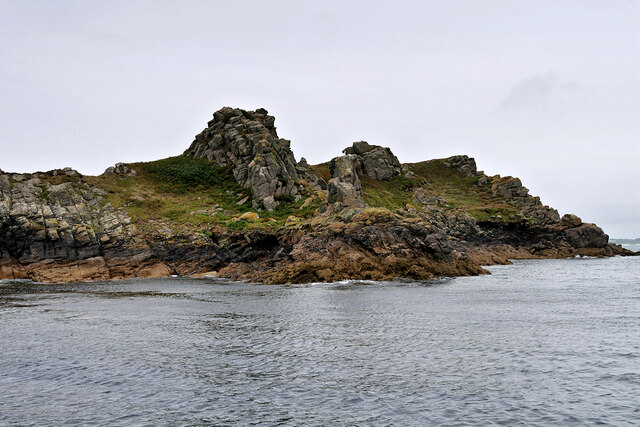
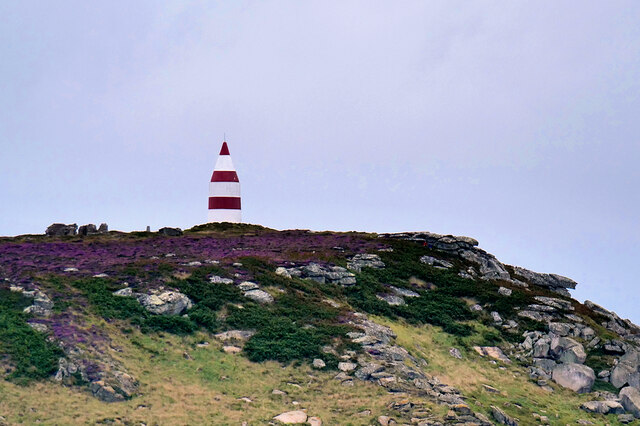
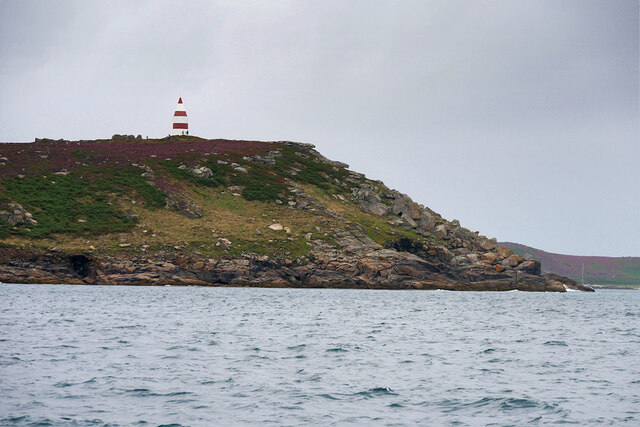
Turfy Hill Point is located at Grid Ref: SV9316 (Lat: 49.965277, Lng: -6.28119)
Division: Isles of Scilly
Unitary Authority: Isles of Scilly
Police Authority: Devon and Cornwall
What 3 Words
///treaty.nowadays.soonest. Near St Martin's, Isles of Scilly
Nearby Locations
Related Wikis
St Martin's Church, St Martin's
St Martin's Church, St Martin's is a Grade II listed parish church in the Church of England located in St Martin's, Isles of Scilly, UK. == History... ==
St Martin's, Isles of Scilly
St Martin's (Cornish: Brechiek, lit. 'dappled island') is the northernmost populated island of the Isles of Scilly, England, United Kingdom. It has an...
Higher Town, Isles of Scilly
Higher Town (Cornish: Trewartha) is the easternmost and largest settlement on the island of St Martin's in the Isles of Scilly, England. It is situated...
St Martin's Methodist Church, Isles of Scilly
The Methodist Church, St Martin's, Isles of Scilly is a Grade II listed chapel in St Martin's, Isles of Scilly. == History == Bible Christians arrived...
Nearby Amenities
Located within 500m of 49.965277,-6.28119Have you been to Turfy Hill Point?
Leave your review of Turfy Hill Point below (or comments, questions and feedback).
